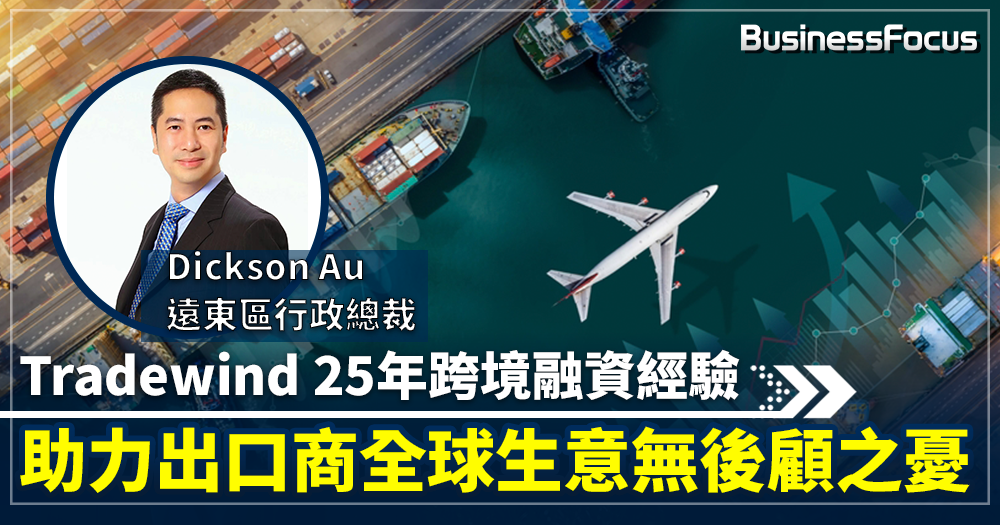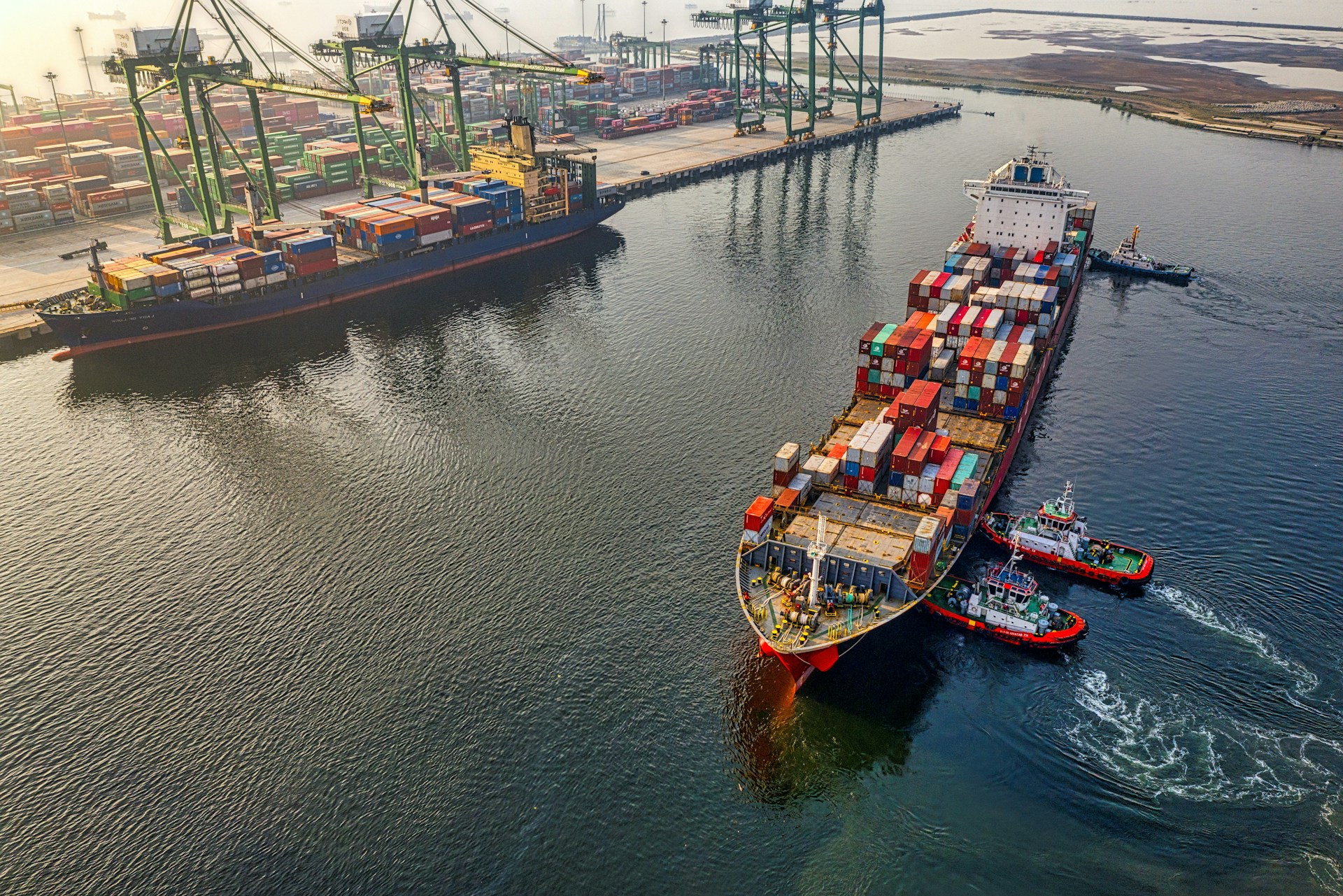Small and medium-sized enterprises (SMEs) drive 90% of business activities and generate more than half of all jobs worldwide. Despite their critical role, SMEs continually struggle with financing challenges, often exacerbated by economic fluctuations.
Taking Hong Kong as an example, with its moderate economic growth, the operating conditions of SMEs have once again attracted attention. Recently, some SMEs have reported difficulties in obtaining financing as banks tighten lending arrangements, requiring early repayment, reducing loan amounts, or demanding increased collateral if turnover declines. The Hong Kong Monetary Authority stated that a special task force would be set up in the short term to follow up on SMEs’ cases of assistance.

A recent survey conducted by Hong Kong General Chamber of Commerce in late July, revealed 74.3% of SMEs identified cash flow as their primary challenge in the next 12 months. Similarly, the Hong Kong Trade Development Council’s second-quarter survey highlighted that high capital costs are one of the top concerns for exporters.
These challenges are not unique to Hong Kong. In developing economies across the Asia-Pacific region, the funding gap for SMEs is particularly noteworthy. According to the Asian Development Bank’s 2022 data, loans to micro, small, and medium-sized enterprises accounted for only 22% of the all bank loans.
The complex and ever-changing global trade environment makes access to flexible and timely financing solutions and safeguarding receivables crucial for exporters. As an alternative financing option, Tradewind’s international factoring services cater to SMEs engaged in global trade. Tradewind can tailor factoring solutions based on specific needs without requiring collateral, allowing exporters to fill working capital gaps, boost sales, and secure credit protection even when offering payment terms.
A variety of settlement methods can be used with Tradewind’s trade finance products, including open account (O/A), Cash against Documents (CAD), and Letter of Credit (L/C). Tradewind works with international credit insurance partners to cover the exporter’s receivables. After the shipment is made, the exporter can be funded within 48 hours of invoice verification, with up to 95% of the invoice value. Upon invoice maturity, the buyer pays, Tradewind deducts the applicable fees and remits the remaining funds to the exporter.
Advantages of International Factoring Compared to Traditional Credit Financing
- Focusing on buyer credit without collateral requirements
Traditional bank credit financing often requires enterprises to provide fixed assets as collateral, which raises barriers for many asset-light SMEs, particularly traders. Tradewind’s international factoring solutions do not require fixed asset collateral and are instead based on the creditworthiness of the buyer. This means even asset-light SMEs can access funding through their receivables if the buyer’s credit meets the criteria.
Flexible financing with no cap on funding
- Flexible financing with no cap on funding
Traditional financial institutions typically assess exporters’ financial health and set credit limits based on balance sheets. If asset values fall due to market conditions and the company cannot meet collateral requirements, the bank may withdraw funding, exacerbating the financing difficulties of SMEs.
Tradewind’s international factoring services offer significant flexibility, adjusting financing structures and amounts based on buyer credit and actual exporter needs. The support is available even for newly established exporters or those with weak balance sheets.
- Credit protection to reduce global trade risks
Amid growing global economic uncertainties, more buyers are demanding extended payment terms, increasing exporters’ exposure to buyer default risks.
With over 24 years of experience in international trade finance, Tradewind helps exporters assess buyer capabilities, mitigate credit risks, and identify unqualified or fraudulent buyers, providing valuable protection for clients’ export operations.
Learn more about our recent success stories below:
- Indonesian textile and apparel manufacturer receives factoring to address financial distress
Challenge
Confronted with weak demand in Europe and US markets and rising production costs, an Indonesian textile manufacturer was facing financial difficulties. It struggled to secure local bank loans in the tight funding environment.
Solution
Tradewind provided a USD 300,000 export factoring facility with credit protection, allowing the company to unlock cash flow from receivables and reduce trade risk.
This support enabled the exporter to take on more orders and expand its market presence. Going forward, the company is expected to increase their annual turnover and factoring volume with optimized cash flow.
- Hunan electronics trader seizes new US market opportunities through export factoring
Challenge
A Hunan-based electronics trader quickly became a competitive exporter to the U.S. market, with annual exports exceeding USD 5 million. However, rapid growth brought challenges in managing cash flow effectively.
Solution
Tradewind offered a USD 300,000 export factoring facility with credit protection, helping the trader strengthen its supply chain, expand product offerings, and accept buyers’ 90-day payment terms.
- Hong Kong printing trader releases cash flow through export factoring
Challenge
A newly established Hong Kong printing trader gained a strong reputation and established relationships with several premium buyers. However, slow receivables turnover in the printing industry hindered its growth.
Solution
Tradewind’s factoring solution provided USD 1.45 million in funding, freeing up cash flow trapped in unpaid invoices, allowing the company to maintain smooth operations and sustain its leading position in the industry.
About Tradewind Finance
Founded in 2000, Tradewind Finance maintains a network of offices all over the world, including Bangladesh, Brazil, Bulgaria, China, Hong Kong SAR, Hungary, India, Pakistan, Turkey, UAE, and the USA as well as the headquarters in Germany. Combining financing, credit protection, and collections into a single suite of trade finance products, Tradewind brings streamlined, flexible, and best-in-class services to the world’s exporters and importers.



